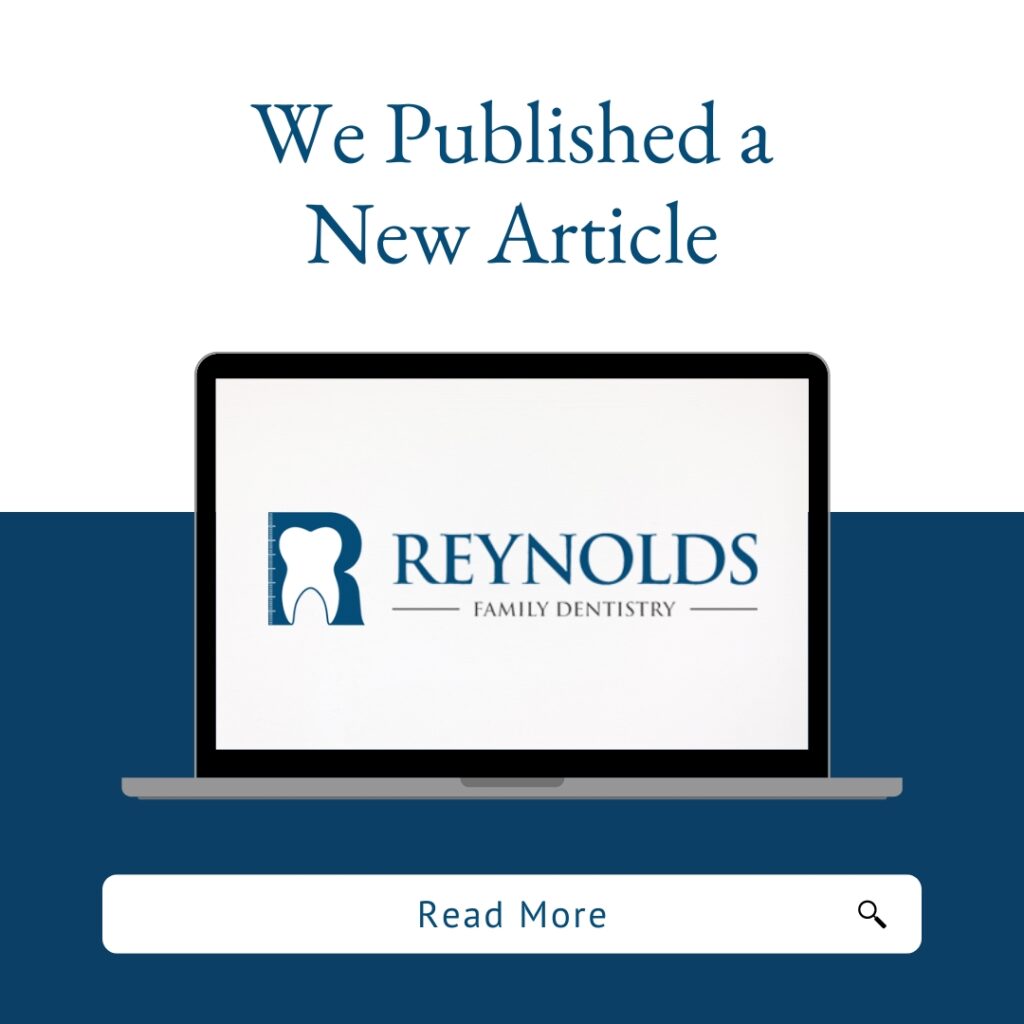
If you’re dedicated to maintaining excellent oral hygiene, you probably brush your teeth twice daily and maybe even after meals. While regular brushing is essential for removing plaque and preventing tooth decay, you might wonder, “Can you brush too much?” Surprisingly, the answer is yes—overbrushing can be harmful.
What is Overbrushing? Overbrushing refers to both the frequency and intensity of your brushing. Brushing too vigorously or too often can lead to dental abrasion, sensitivity, and gum recession.
Dental Abrasion According to the University of Southern California Herman Ostrow School of Dentistry, dental abrasion is the loss of tooth structure due to mechanical forces from a foreign object. Excessive brushing wears down the tooth enamel and can eventually damage the softer dentin and cementum layers. Signs of abrasion include shiny, yellow, or brown spots near the gum line and wedge-shaped indentations.
Tooth Sensitivity When tooth enamel is worn away, the nerve endings in the dentin layer become exposed, leading to sensitivity. You may feel discomfort or pain when your teeth encounter hot, cold, sweet, or sour stimuli or even while brushing.
Gum Recession Overbrushing can also cause your gums to recede, exposing the softer cementum of the root. This exposure can lead to increased sensitivity, pain, and a higher risk of decay.
Protecting Your Teeth After Overbrushing Dental abrasion and gum recession can result in cavities and tooth loss if left untreated. Depending on the severity, your dentist might recommend treatments to cover exposed dentin and protect your teeth. These treatments may include fluoride varnish, tooth-colored fillings, or veneers. In severe cases, gum grafting might be necessary to replace missing gum tissue.
Proper Brushing Technique and Tools Preventing overbrushing is simple with the correct technique and tools. Follow these steps to protect your teeth:
- Use a Soft-Bristled Toothbrush: Stiff bristles increase the risk of abrasion and gum recession.
- Choose the Right Toothpaste: Avoid toothpaste with high abrasive agents. Opt for one with calcium and fluoride to strengthen enamel.
- Brush Gently: Apply gentle pressure at a 45-degree angle to your gum line and use a soft circular motion.
- Wait After Eating: Wait at least 60 minutes after eating or drinking, especially acidic foods, before brushing. In the meantime, drink water or chew sugarless gum.
- Avoid Harmful Habits: Avoid using your teeth to open bottles, handle nails or pins, or bite your fingernails. Also, be mindful of lip or tongue piercings that can wear down enamel.
Achieving a perfect smile doesn’t require overbrushing. Use the right tools and techniques to keep your teeth clean and your mouth healthy. For more tips or to schedule an appointment, contact Reynolds Family Dentistry, your trusted dentist in Richmond.
